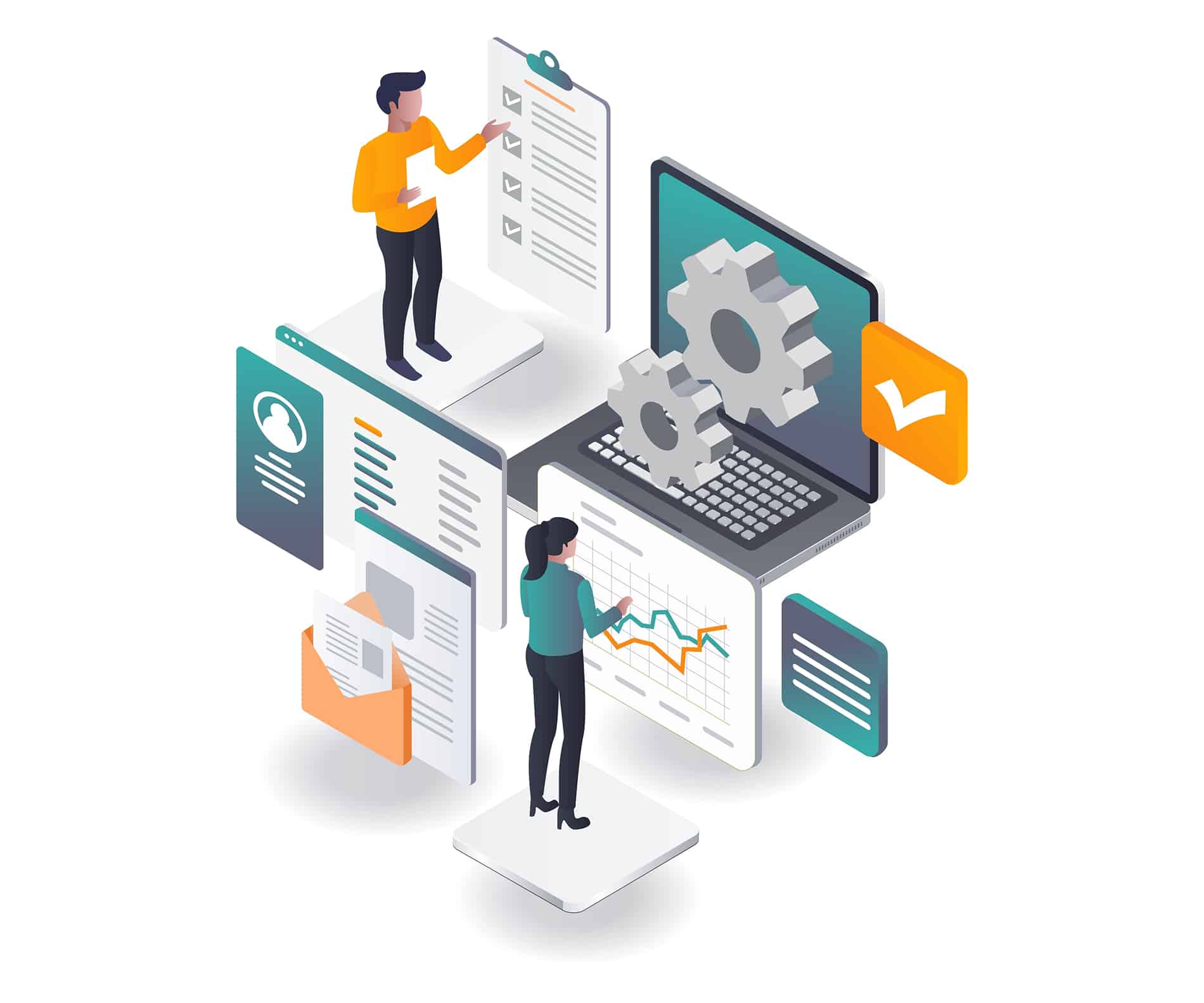Trends and Best Practices for a Successful ESM Implementation

As businesses grow, so does the complexity of managing their services. This is where Enterprise Service Management (ESM) comes in, offering a structured approach to managing IT services, facilities, human resources, finance and other departments within an organization. ESM is gaining popularity as it provides a unified approach to managing various services and departments within an organization.
In this blog, we will explore the latest trends in ESM, pitfalls to look out for and the best practices for implementing it within your organization.
Enterprise Service Management Trends
Before we talk about best practices, it’s important to know the ESM landscape and current trends. Not only will this help you with your ESM strategy, but it can also help you to stay ahead of the curve. Here are some trends we’re seeing in ESM right now:
- Integration with Artificial Intelligence (AI) - With the increasing use of AI in businesses, ESM is no exception. AI can help automate routine tasks, offer intelligent recommendations and reduce human error. Integrating AI into ESM can help organizations streamline their operations and make better decisions – especially when it comes to providing the best end-user experience. Conversational AI can be a great boost to an organization’s ESM efforts.
- Increased Focus on Customer Experience - ESM is not just about managing internal services but also ensuring a seamless experience for customers. Organizations are now focusing on aligning their services with customer needs, thereby improving their satisfaction levels. This is leading to an increased emphasis on customer experience in ESM.
- Agile and DevOps - Agile and DevOps methodologies are becoming increasingly popular in ESM. These approaches emphasize collaboration, continuous improvement and flexibility, which are essential for managing complex services.
- Cloud-based ESM - Cloud-based ESM offers several advantages such as scalability, accessibility and cost savings. More organizations are moving towards cloud-based ESM solutions to manage their services more efficiently.
Pitfalls to Look Out for While Implementing ESM
While implementing Enterprise Service Management can bring many benefits, there are some common pitfalls that organizations should be aware of. Here are some ESM pitfalls to look out for during implementation:
- Lack of Top-Down Support - One of the common pitfalls of ESM implementation is the lack of support from senior management. Without the support of top executives, ESM may not receive the necessary funding, resources or attention required for successful implementation.
- Overlooking Change Management - Implementing ESM involves changing the way services are managed across the organization. It is important to include change management in the implementation plan to ensure that the transition is smooth and that employees are aware of the changes.
- Poor Communication - Effective communication is essential for successful ESM implementation. If communication is inadequate, employees may not understand the changes and their roles in the new service management system, leading to confusion and resistance.
- Inadequate Training - Inadequate training is a common pitfall during ESM implementation. Employees need to be trained on new processes, tools and systems to ensure that they can perform their roles effectively in the new service management framework.
- Focusing on Technology Rather Than Processes - While technology is an essential part of ESM, it is important to focus on the underlying processes and procedures that are being implemented. Organizations should avoid solely focusing on the technology and instead focus on the process improvements and benefits.
Best Practices for Implementing ESM in Your Organization
So now that you know the trends and pitfalls for ESM, it’s time to get started – but where do you start? Before you even go through a list of vendors and try to find the right ESM tool for your organization, you want to identify and document all of the services you’ll be incorporating into your ESM strategy. This will help you understand the scope of ESM and determine the services that need to be managed.
Next, you want to be sure you have established Service Level Agreements (SLAs). SLAs define the expectations and responsibilities of both the service provider and the customer. They help to ensure that the services are delivered as per the agreed terms. This step can be critical for the success of your ESM rollout.
With SLAs established, you’ll next want to consider implementing the ITIL Framework within your organization if you don’t already use it. The Information Technology Infrastructure Library (ITIL) framework provides a comprehensive approach to managing IT services. Implementing ITIL practices can help organizations standardize their processes, improve service quality and reduce costs.
Now it’s time to choose the right ESM tool. Choosing the right ESM platform for your business is crucial. Look for a no-code ESM platform that can automate processes, provide real-time insights and offer a seamless user experience.
With your ESM platform selected, you need to now define roles and responsibilities. This step is essential for effective Enterprise Service Management. It helps to ensure that everyone knows their role and responsibilities, reducing confusion and improving accountability across your organization.
With ESM launched, don’t forget about continuous Improvement. Continuous improvement is a crucial aspect of ESM. Organizations should regularly review their processes, identify areas of improvement and implement changes to ensure that the services are delivered efficiently.
ESM is a structured approach to managing various services and departments within an organization. It offers several benefits such as increased efficiency, improved service quality and reduced costs. By following the best practices and keeping up to date on trends, organizations can successfully implement an ESM strategy and reap its benefits.